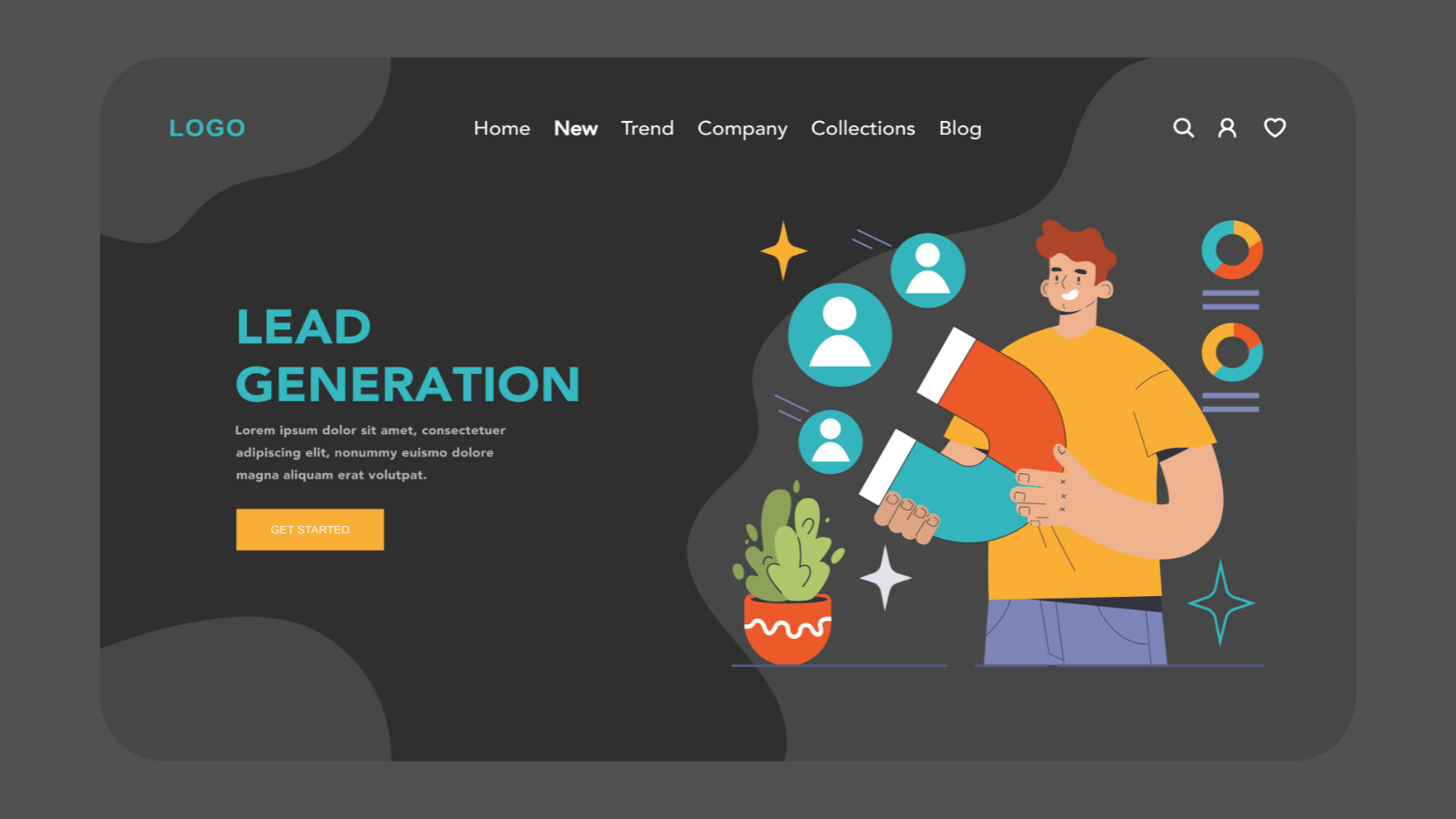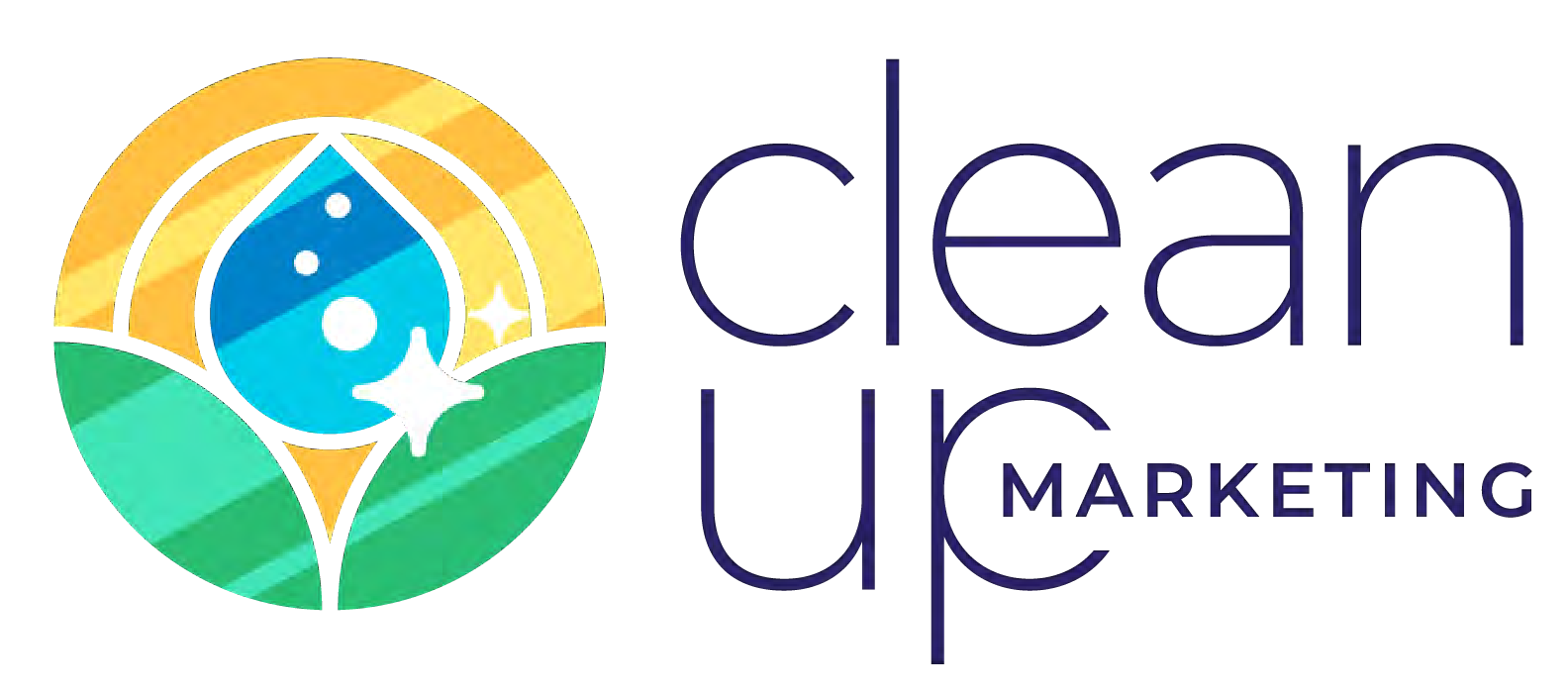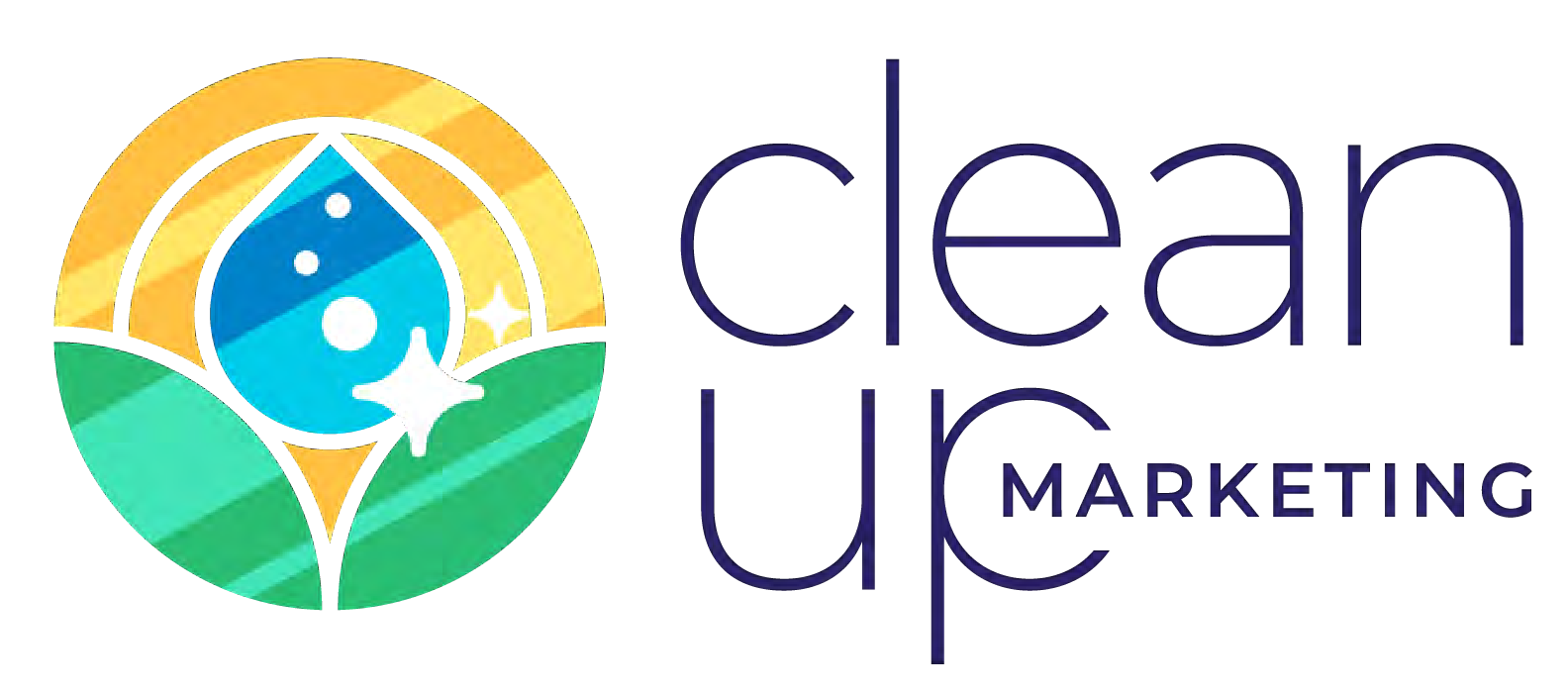How Do You Know If Your Website Is Too Copy Heavy?
Websites Demonstrate The Friction Between Climate Science and Marketing
The creativity manifested through science and engineering in the climate sector is truly remarkable. Yet, the creative inputs of these solutions often stifle the success of all of that work when placed online.
Over the years, I’ve had a ringside view of the pursed expressions on the faces of PhD’s as they see the online results of synthesizing years of their work into what some derisively describe as a digital Happy Meal.
To be clear, I’ve never used the likeness of Ronald McDonald or the Hamburgler on a website I’ve created. The more important point of the “Happy Meal” critique is what it takes to invent technology and what it takes to sell it online stems from two vastly different disciplines that emanate from separate regions of the brain.
Because websites are the central portal for getting customers into your sales funne l, it’s an excellent place to learn whether your exhaustive explanations are getting in the way of growing your brand.
Does Your Clean Tech Website Need Footnotes?
Technically, academic writing and ad copywriting are in the same language, but it’s the equivalent of American English vs. British English. Everyone immediately knows which side of the pond you are from, and whatever you say is going to sound a little off-key to the other.
While the written word is the central focus in academia, it’s only one supporting element on a B2B or B2C website. It contributes to an overall emotional connection to the customer; hence an academic paper has “readers” while a website browser is called a “viewer.”
Website copy can’t overwhelm the overall aesthetic of the brand.
Does Your Website Meet The Tom and Jerry Threshold?
One of the most famous cartoons of all time is Tom and Jerry, and it’s an excellent metaphor for brand consistency and creating a narrative arc. As it relates to an online creation, though, it’s a beautiful example for determining if your website is too copy-heavy.
If you recall (and who doesn’t), one of the novelties of Tom and Jerry’s cat and mouse hijinks was that there was no spoken dialogue. Music existed as a proxy. Different characters had different musical accompaniments, but your brain had to infer the plot through mediums other than the typical one.
Did your brain adapt to the different stimuli? Of course, it did.
Put your website to that same Tom and Jerry test. If you removed all of the copy except for the headlines and left only images, graphics, and video, would your audience have any sense of what you do and why they should care?

Tom and Jerry had no spoken dialogue, but you still understood the plot.
If you can’t, it’s a sign that your website is overly reliant on the copy.
Brands connect on more than the visual association cortex part of the brain. Over a dozen brain regions are associated with just sight , not to mention hearing, taste, or touch. And while it’s true that roughly 65-70 percent of Americans are visual learners , do you really want to exclude the other 30 percent, not to mention those visual learners stimulated by images rather than words?
Climatetech Has A Narrative. Does Your Website?
Our brains are hardwired for stories. Every book you’ve read. Every movie you’ve watched. Every song you’ve heard.
That story is about a character on a journey who eventually grows by overcoming internal or external obstacles. The plot transforms lives.
What’s the story of your company? Does it have a backstory? Does it have a mission? Why should the audience care?
How you created the technology, its features, and the people behind it are one-dimensional, disaggregated silos on separate pages of a website with no connecting thread.
Today’s websites are being geared more and more towards mobile users who are less likely to dig deep into the subpages of a website. So ask yourself, could you grab the emotions of this viewer as they scroll down a single page? Or would you choose to tell them about the materials and code you used?
Every Story Needs A Hero
I’m a child of the 1960s and 70’s era of animation, which wasn’t as technologically sophisticated as today’s CGI, but had characters you could root for, no matter their species. Scooby-Doo, Bugs Bunny, and Popeye were vastly different protagonists, and each had identifiable personality traits, but they were all unmistakably the heroes.
You aren’t supposed to be the hero of your brand. Your customer is. Your cleantech solution is only a tool for them to achieve their goal, whether using less energy, cleaning up their waste stream, reducing their carbon footprint, etc.
They love you because you help them (the hero) create a better world, not because they are bystanders as you fix the problem for them.
Every Story Needs A Villain
Evil, flawed, sad sacks like Snidely Whiplash, Elmer Fudd, and anyone chased by those meddling kids in the Mystery Machine littered Saturday mornings throughout my childhood. They were easily identifiable through clothing, facial features, and accents.
The villain’s job was to outwit our heroes to carry out their dastardly schemes.

Who is the villain in your climate tech story?
There’s no shortage of villains if you are in the climate tech industry. A successful website identifies them immediately because every story needs dramatic tension.
Unfortunately, too many cleantech companies get the villain of the story wrong. Sure, it’s easy to point the finger at Big Oil, coal companies, China, or SUVs (even though they are all culpable). Shorthand will suffice as an identifier for the audience. Spending precious time hammering home their history of greed and recklessness is redundant and a waste of time, especially since they often aren’t the bad guy in the story of what your company sells.
Does Your Website Answer ‘Who Is The Villain’ For The Audience?
Large majorities of people understand that climate change is a threat , but they either don’t know what they can do about it or, in many cases, turn a blind eye to the solutions because they are too expensive.
Telling the masses they are the morally bankrupt bad people and a disappointment to their children if they don’t immediately purchase your particular technology is not an effective way to encourage them to embrace your brand. Numerous studies have shown that it’s a disincentive to action.
The real villain here is complacency.
No one is in favor of climate change. Your brand’s job is to give them a tool to do something about it. Internal combustion engines burning CO2 will be with us for decades, to use just one example, and even with tax credits, EVs are out of many families’ price range. But what if you could give them an affordable tool to become part of the solution instead of throwing up their hands and saying it’s someone else’s problem?
Now you’ve turned them into the hero of their journey, a journey that has led them to a sage elder–you.
So What’s The Job Of A Climate Tech Website?
Because climate solutions aren’t purchased at your local drugstore over the counter, your climate tech website should focus on bringing the customer into your orbit by shining a bright light that is the solution to their problem.
Give them a chance to dig deeper with further engagement—after their initial brand experience with your website. Those touchpoints could come in the form of social media, video, email, newsletters, etc. , but keep the focal point on your ability to help THEM solve THEIR problem and overcome THEIR obstacles to completing their journey.
And as your marketing team goes about the process, see if the writing meets the Gettysburg Address test. In just 272 words , Abraham Lincoln reinvigorated our national ideals of freedom, justice, and liberty. If Lincoln could do that in under three minutes, how many words do you need to create a loyal customer for your brand?
The post How Do You Know If Your Website Is Too Copy Heavy? appeared first on Michael's Marc.











